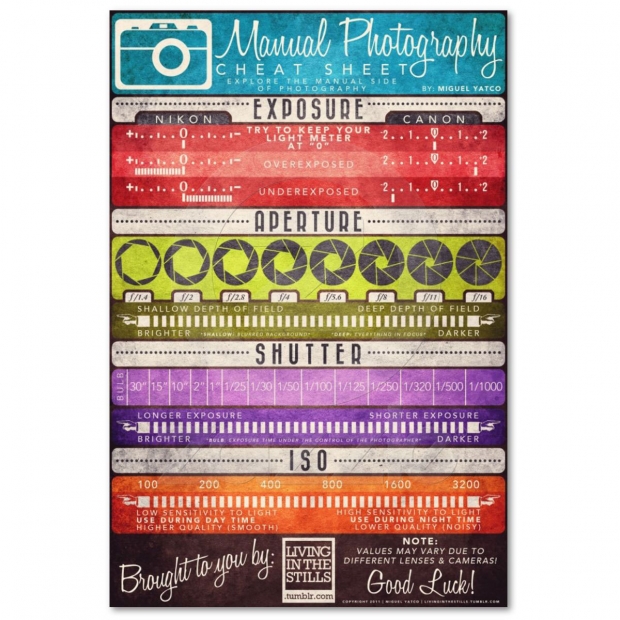Join Us To Uncover Vital Digital Photography Pointers That Will Certainly Open Your Cam'S Possibility-- Prepare To Record Magnificent Photos In A Snap!
Join Us To Uncover Vital Digital Photography Pointers That Will Certainly Open Your Cam'S Possibility-- Prepare To Record Magnificent Photos In A Snap!
Blog Article
Author-Tobin Ploug
When you initially get your camera, it can feel overwhelming with all the settings and choices available. You may find yourself asking yourself just how to browse aperture, shutter rate, and ISO properly. Understanding https://www.liveinternet.ru/users/cantu_gottlieb/post509044772 is critical, yet there's more to photography than simply technical knowledge. Comprehending make-up methods and illumination problems can elevate your images substantially. So, what happens if you could discover simple approaches to boost your abilities and begin catching outstanding pictures earlier than you think? Let's check out how to transform your digital photography journey.
Comprehending Electronic Camera Setups
Recognizing your cam setups is critical for capturing sensational images. When you get your camera, familiarize on your own with the three main setups: aperture, shutter speed, and ISO. Each plays an important function in how your photos turn out.
Begin with aperture, which manages the amount of light entering the lens. A larger aperture (lower f-number) lets in much more light and creates a lovely background blur, best for pictures. Alternatively, a narrower aperture (higher f-number) keeps more of the scene in emphasis, perfect for landscapes.
Next off, concentrate on shutter rate. This setup identifies how much time your cam's sensing unit is exposed to light. A fast shutter rate freezes motion, which is wonderful for activity shots, while a slow-moving shutter rate can produce magnificent effects like smooth water in landscapes.
Last but not least, readjust your ISO. https://www.androidauthority.com/professional-photographer-cheap-smartphone-camera-967007/ influences your electronic camera's sensitivity to light. A greater ISO works in low-light circumstances but can present noise or grain. Aim for the lowest ISO possible while still achieving correct direct exposure.
Make-up Techniques
When you're out shooting, structure can make all the distinction in exactly how your photos reverberate with visitors. Beginning by utilizing the policy of thirds; envision your frame divided into nine equal areas with two straight and 2 vertical lines. Setting crucial elements along these lines or at their junctions to create equilibrium and passion.
Next, take into consideration leading lines. These natural lines in your scene, like roads or rivers, attract the visitor's eye right into the photograph, guiding them via the tale you're telling.
Don't forget framing; usage aspects within your scene, like trees or windows, to create a structure around your topic, including deepness and emphasis.
Also, keep an eye on your history. A cluttered history can distract from your major subject, while a simple one helps it stick out.
Last but not least, trying out proportion and patterns; they can produce a striking image that captures interest.
Mastering Lights Conditions
Understanding lighting problems is important for recording spectacular pictures, as the ideal light can change a common scene into something amazing.
Begin by observing natural light at various times of the day. Mornings and late afternoons supply the most effective light, referred to as the gold hour. The soft, warm tones throughout these times can enhance your images perfectly.
Do not shy away from cloudy days either; diffused light can reduce extreme shadows and develop a pleasing result, particularly for portraits.
see page with backlighting by placing your subject versus the source of light. This method can create a dreamy halo effect and include deepness to your photos.
Pay attention to your camera setups as well. Adjust the ISO, aperture, and shutter rate to fit the lighting problems. A greater ISO can assist in low light, but be cautious of grain.
Use a tripod in darker atmospheres to stay clear of blur.
Last but not least, do not neglect artificial lighting. Flash and continual lights can be terrific devices for regulating light in difficult conditions.
Verdict
To conclude, understanding your camera does not have to be overwhelming. By comprehending your setups, applying structure techniques, and harnessing the power of natural light, you'll promptly boost your digital photography skills. Remember, practice makes best, so go out there and trying out your newfound expertise. With time and dedication, you'll be catching magnificent images that reflect your special perspective. Delight in the journey, and don't fail to remember to have a good time while you go to it!
